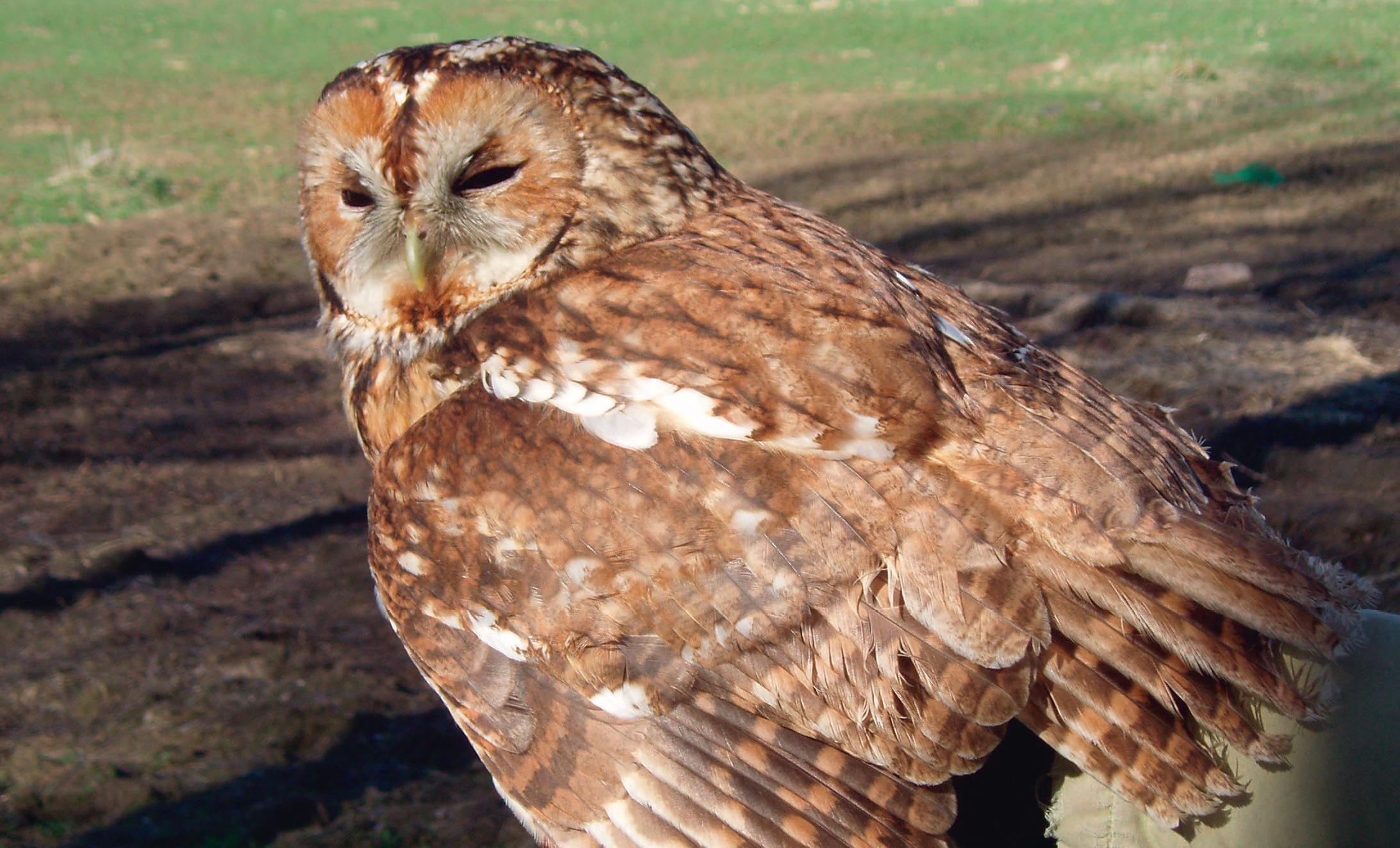Breeding biology of a Tawny Owl Strix aluco population in southwestern Sweden - a 15 year survey
DOI:
https://doi.org/10.34080/os.v24.22563Keywords:
brood size, bird of prey, raptor, predator–prey interaction, breeding success, nestboxAbstract
The breeding biology of the Tawny Owl Strix aluco was studied during 15 years in a 1,000 km2 area in south-western Sweden. The owls were breeding in c. 170 nest boxes, one in each of a potential territory. Occupancy rose from less than 20% in the first years to better than 50% in most of the later years. During the first years most nest boxes were relocated to sites within the territories that we considered to be of better quality. Absence of any increase in 48 high quality control territories indicates that the relocations were important for increasing population size. Nesting success was positively correlated with population density. This unexpected result could regrettably not be analyzed in relation to food abundance as we estimated food abundance by the number of prey found in nests. Bank vole, field vole and wood mice were the most predominant prey. All these three taxa had a peak in 2010 when owl density also peaked. The mean brood size was 2.3 young, similar to that in other European populations.
Downloads

Downloads
Published
How to Cite
Issue
Section
License
The copyright of each contribution belongs to the author(s), but all contributions are published under a Creative Commons license, so that anyone is free to share and reuse the contribution as long as the copyright holder is attributed.







